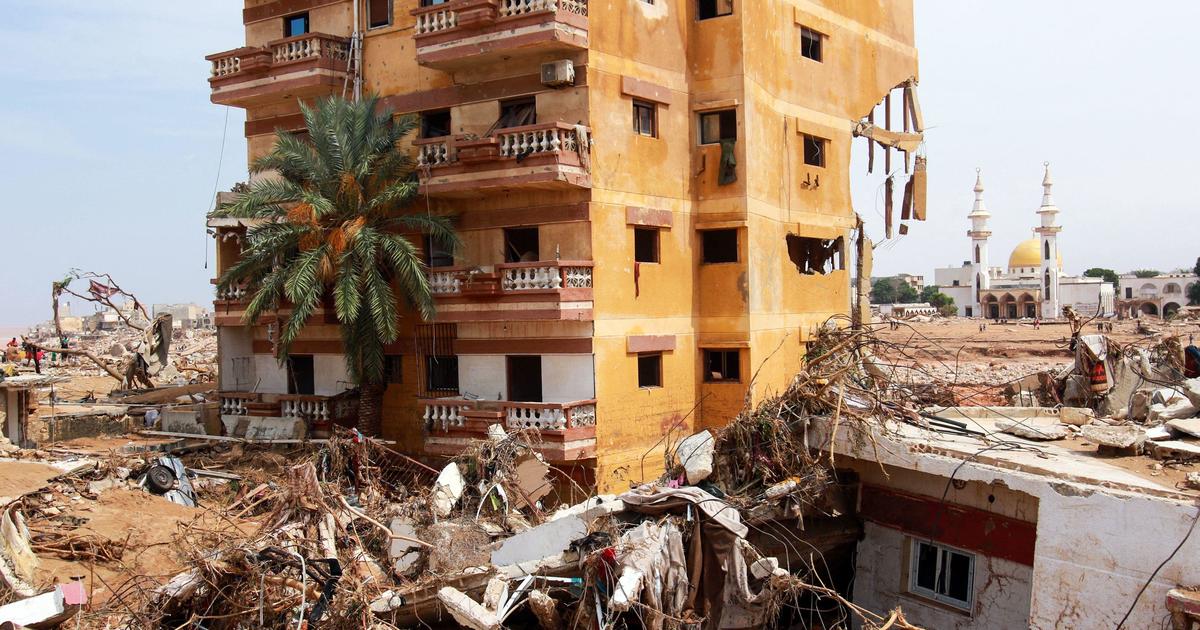The devastating flash flooding in northern Libya has resulted in a significant number of casualties, although the exact figure remains unclear due to the scale of the catastrophe and political unrest in the country. However, it is estimated that the death toll is well into the thousands. Survivors are desperately searching for the bodies of their loved ones in the debris-filled towns and cities.
According to the United Nations, most of the deaths could have been prevented if there had been better coordination in the crisis-stricken country. Petteri Taalas, the head of the U.N.’s World Meteorological Organization, stated that issuing warnings and carrying out evacuations would have saved many lives. The flash floods were caused by torrential downpours from Storm Daniel, which resulted in the bursting of two upstream river dams and the destruction of the city of Derna.
Access to Derna is severely restricted, with roads and bridges destroyed and essential services interrupted. Authorities in Libya have provided conflicting figures regarding the number of dead and missing. The eastern Libya health minister reported that over 3,000 bodies had been buried in Derna alone, with another 2,000 still being processed. However, other sources suggest that the death toll could be much higher, with an estimated 5,100 deaths and at least 9,000 people still missing. The International Federation of Red Cross and Red Crescent Societies believes that around 10,000 people are missing.
Aid is starting to arrive in Libya, with several countries and international organizations pledging support. The United Nations, United States, European Union, and various Middle Eastern, North African, and European nations are sending rescue teams, supplies, and assistance to the affected areas. The need is immense, with at least 30,000 people displaced and in need of food, water, medical supplies, and shelter.
Climate experts attribute the scale of the disaster to a combination of climate change and the deteriorating infrastructure in Libya, which has been affected by years of conflict. Storm Daniel, fueled by rising global temperatures, caused widespread devastation in several countries before hitting Libya. The country’s infrastructure has suffered since the overthrow and death of former dictator Muammar Qaddafi in 2011, leading to chaos and division between two rival administrations.
The United Nations called for unity and collaboration among all parties in Libya to ensure access to relief. They emphasized the importance of supporting all affected individuals without regard to affiliations. Additionally, there is concern that landmines left over from the war may have been displaced by the floods, posing an additional threat to the safety and well-being of the affected population.
Denial of responsibility! Vigour Times is an automatic aggregator of Global media. In each content, the hyperlink to the primary source is specified. All trademarks belong to their rightful owners, and all materials to their authors. For any complaint, please reach us at – [email protected]. We will take necessary action within 24 hours.


